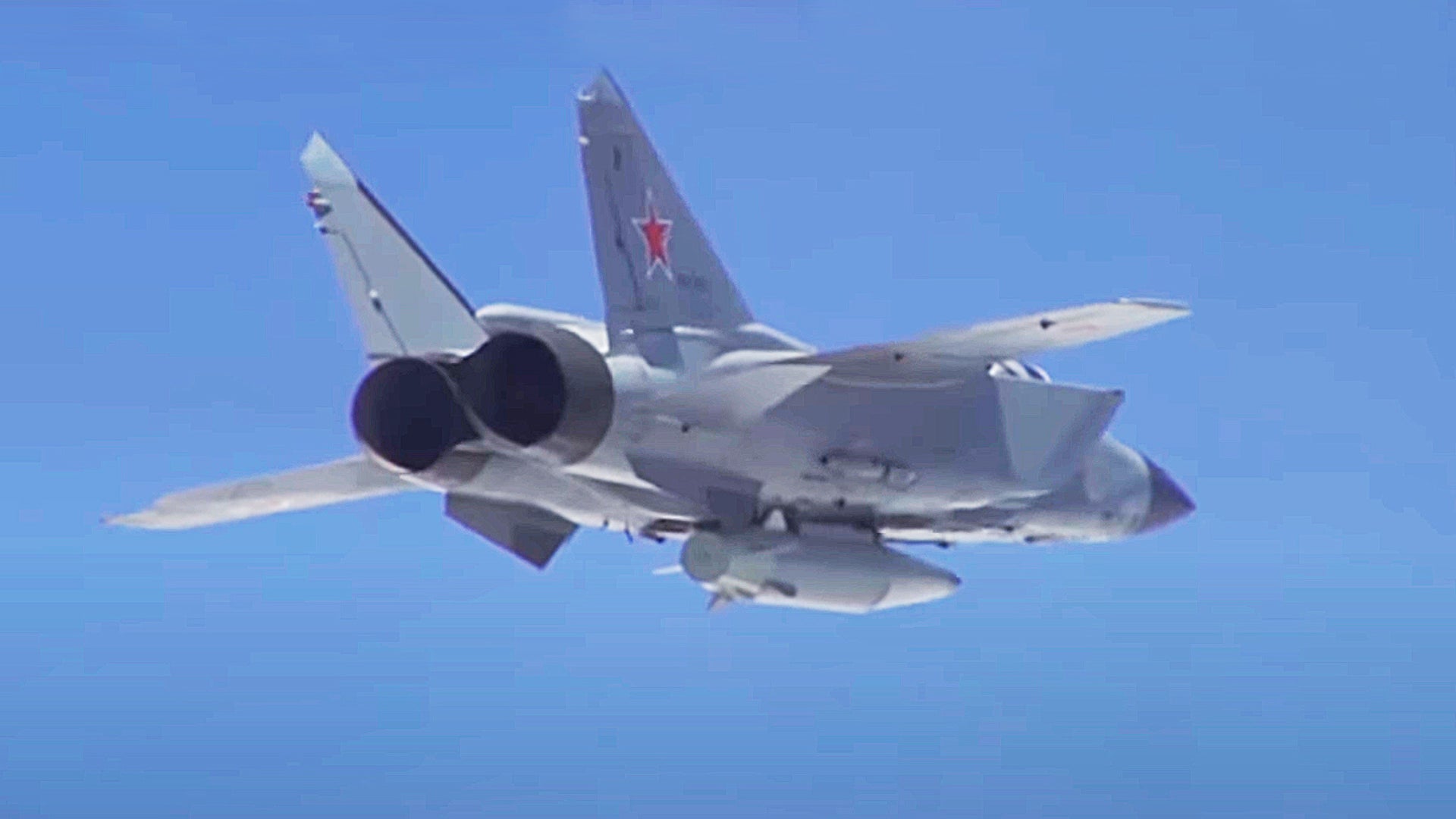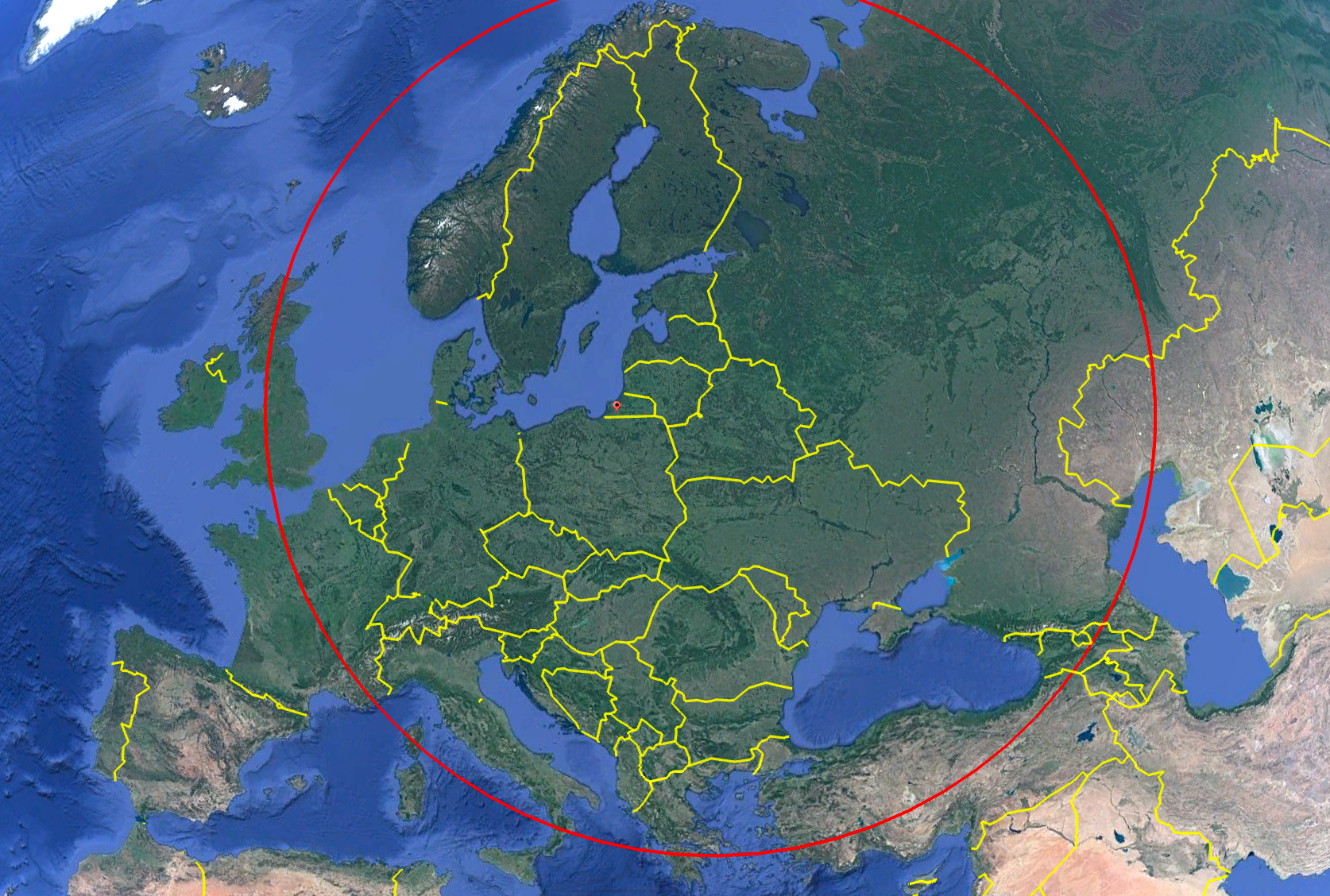Quote:
Originally Posted by joepilot
I just read an article in yesterdays USA Today that said that Russia's Kinzhal missile had a range of 1250 miles, and a speed of Mach 10.
It is NOT a hypersonic cruise missile... that would be bleeding edge tech.
It's just a hypersonic BALLISTIC missile. We have thousands of those, with some ranging 8,000 miles. ICBM re-entry vehicles come in at speeds of mach 20+. Space shuttle re-entered at mach 25.
A ballistic missile quickly leaves the earth's atmosphere, so it can accelerate without any pesky air drag... when it comes back down, it's hauling arse.
Kinzal is a just a MRBM, capable of being nuclear armed. In this case they're using conventional warheads. Conventional warheads do require a more accurate guidance system.
Those numbers are right in the ballpark for an MRBM.
It's not a great idea to be tossing any sort ballistic missiles around Europe though... you can't track the impact point until well after launch, so you don't know if it's Kiev... or Berlin. You also have no idea what kind of warhead is on it. Somebody could end up at DEFCON 1 that way.
Quote:
Originally Posted by joepilot
I personally don't believe these numbers, (consider the source) but can anybody confirm or deny these numbers? If true, the Russians know what they have, so it would not be releasing classified information.
Actually it would be, the fact that we actually *know* their capabilities gives away the fact that we acquired it surreptitiously, so that endangers sources and means. They can certainly indict you based on that.
 AIRLINE
AIRLINE

